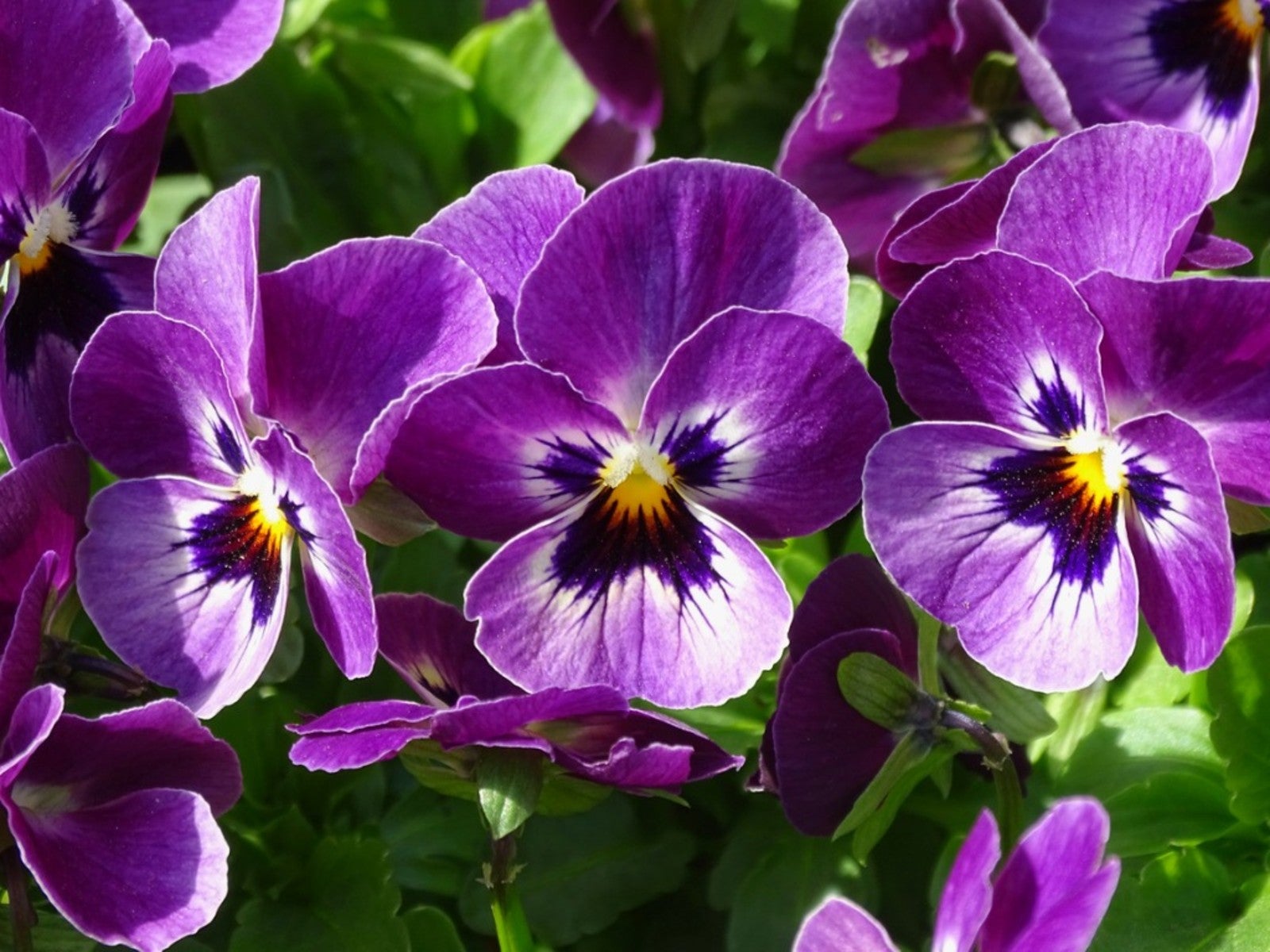Purple Garden Design: How To Create A Garden Of Purple


Perhaps the hardest thing about planning a purple garden is limiting your choice of plant material. Purple flowering plants and purple foliage plants encompass a wide range of the color spectrum. Keep reading to learn how to create a garden of purple.
Purple Flowering Plants and Foliage
Flowers for the purple garden design may be traditional purple or purples with hues of red, blue, violet or even black. Learning how to create a garden of purple begins with your choice of coordinating or contrasting colors and limiting plant selection to a few shades of the popular purple colors. Planning a purple garden is a delightful chore and the result can be an elegant and royal reward. Purple flowering plants can be found for all areas of the landscape and purple foliage plants are in abundance as well. Have fun and take your time when planning a purple garden design.
Purple Garden Design
When you've picked the shades of purple you'll use for your monochromatic garden, research which plants are available in these shades. Consider sunlight or shade requirements for plants when planning a purple garden. Consider planting your purple flower seeds, bulbs and cuttings in masses for swaths of color when planning a purple garden. Include plants that flower or those that provide changing foliage for autumn interest. For late winter and early spring blooms, use pansy, viola and muscari to border the front of the purple garden.
How to Create a Garden of Purple
Black blooming hellebore begins the show in late winter and sports attractive, evergreen foliage year round. Plant these underneath a purple leaved tree, such as the Japanese maple, to complement your purple garden design. Coordinate purple plants with compatible colors when you're planning a purple garden. Other elements, such as silver foliage and white flowers, can be incorporated into the purple garden design as you transition from one shade of purple to another. German iris blooms in many shades of purple, and a number of iris plants are multicolored or bi-colored and can incorporate your secondary, transitional shade in the purple garden design. Use transitional plants, such as purple leaved shrubs, to separate different masses of purple when learning how to create a garden of purple. Arching branches of purple loropetalum may impact purple garden design, as can the purple barberry. Include purple leaved vines when planning the purple garden design. Sweet potato vine 'Blackie' or the hyacinth bean vine with purple pods can provide vertical elements in the purple garden. Use annual plants to take up the room left for perennials to reach maturity.
Gardening tips, videos, info and more delivered right to your inbox!
Sign up for the Gardening Know How newsletter today and receive a free copy of our e-book "How to Grow Delicious Tomatoes".

Becca Badgett was a regular contributor to Gardening Know How for ten years. Co-author of the book How to Grow an EMERGENCY Garden, Becca specializes in succulent and cactus gardening.
-
 Try The Trend – Turn Any Bed Into A Keyhole Garden With This Clever In-Ground Composter
Try The Trend – Turn Any Bed Into A Keyhole Garden With This Clever In-Ground ComposterKeyhole gardening is an efficient and sustainable practice that saves space. Get started on this DIY project quickly and easily with an in-ground composter.
By Bonnie L. Grant
-
 4 Superfast Composting Methods: Turn Waste Into Garden Gold In 30 Days Or Less
4 Superfast Composting Methods: Turn Waste Into Garden Gold In 30 Days Or LessTry the fastest composting methods to turbocharge your pile and transform kitchen scraps and garden waste into finished compost in just a few weeks.
By Mary Ellen Ellis